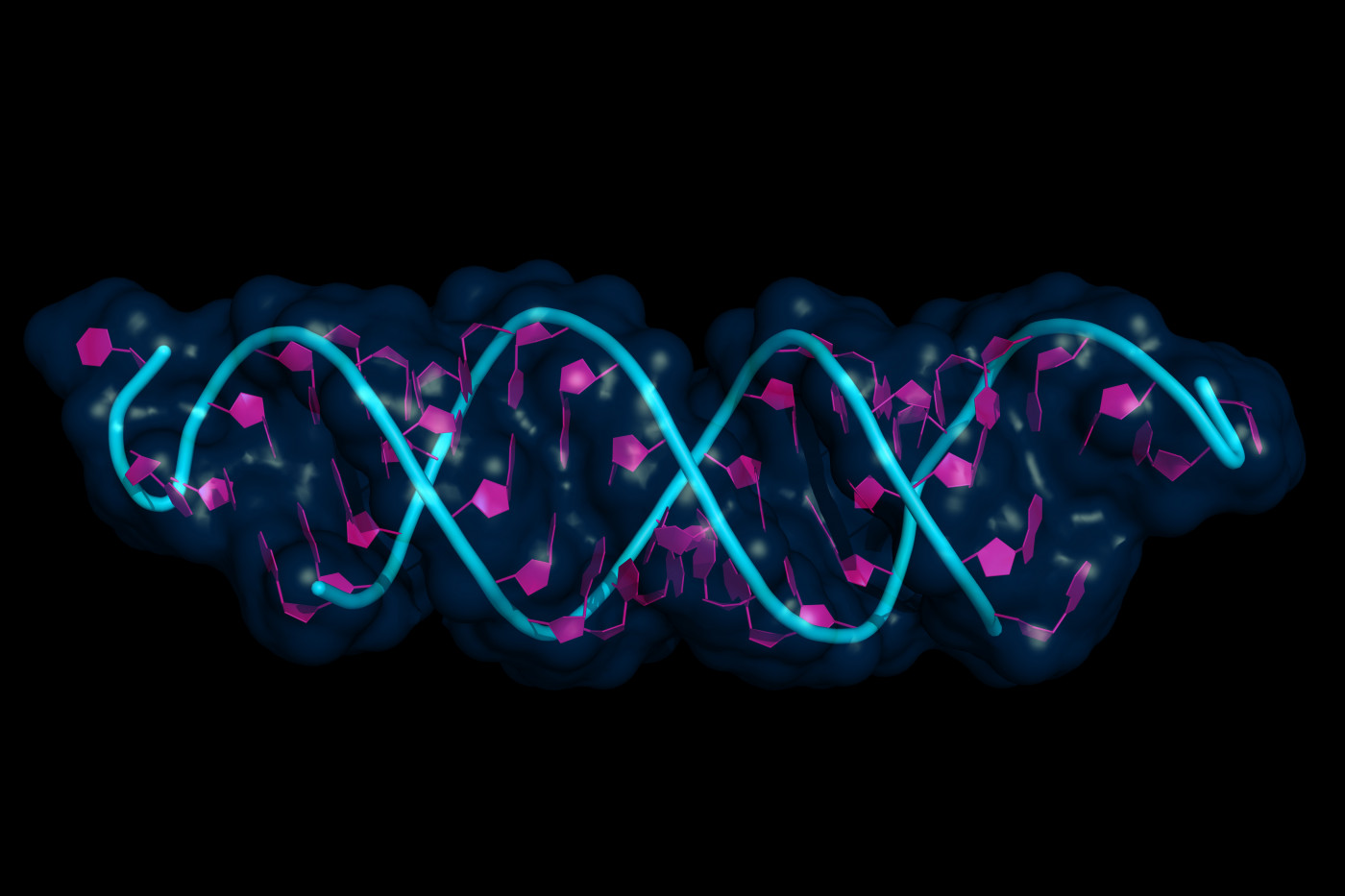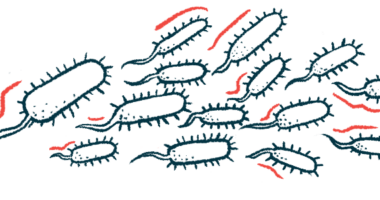Mutations May Raise Risk of Angioedema Linked to Blood Pressure Medicines

Mutations in the KCNMA1 gene may predispose certain people to angioedema caused by blood pressure medications, a study suggests.
The study, “Genome-wide association study of angioedema induced by angiotensin-converting enzyme inhibitor and angiotensin receptor blocker treatment,” was published in The Pharmacogenomics Journal.
Angiotensin-converting enzyme inhibitors (ACEi) and angiotensin receptor blockers (ARB) are medications that work to lower blood pressure by widening blood vessels. They are commonly used to treat people with high blood pressure (hypertension), heart disease, and diabetes.
While usually safe and effective, these treatments can induce angioedema (swelling) in a small portion (less than 1%) of those who take them. People of African descent are at higher risk of this side effect, suggesting that genetics may play a role in the risk of ACEi- and ARB-induced angioedema.
Researchers at institutes across Europe looked for genetic variants associated with such a difference in risk. They first used genotype data from a predominantly Swedish patient group, which included 1,518 people who had been treated with an ACEi or ARB, most commonly enalapril (marketed as Epaned, Vasotec) and ramipril (sold as Altace), both of which are ACEis.
Of these 1,518 people, 173 developed angioedema.
The team compared the statistical frequency of genetic variants among those who did or didn’t develop angioedema, looking for mutations that were disproportionately common among those who developed angioedema. This type of analysis is called a genome-wide association study (GWAS).
This GWAS identified six significant mutations in KCNMA1 (calcium-activated potassium channel subunit alpha-1).
Researchers then attempted to replicate this finding in two other patient groups: an American cohort, which included 175 angioedema cases and 489 ACEi-exposed people without this disease (serving as controls); and a European cohort, consisting of 238 angioedema cases and 110 treated controls (all but one with ACEi).
In both of these groups, individually and in combination, the KCNMA1 mutations were disproportionately more common in those who developed angioedema. But the differences did not reach statistical significance — that is, it is possible that this difference was simply the result of random chance.
After combining these two groups with the original group — for a total of 586 angioedema cases and 1,944 ACEi-exposed controls — the difference was statistically significant.
“[T]he odds of experiencing angioedema increased 1.62 times per minor allele,” the researchers wrote. This means it would be possible for an individual to have a 2.62 times (1.62 squared) higher risk if they had two copies of the angioedema-associated mutation (one copy from each biological parent).
Interestingly, the identified genetic variants are in parts of the KCNMA1 gene that don’t code for a protein. As such, they “lack evidence of functional activity,” the investigators wrote.
The researchers did note that these areas of the genome are in linkage disequilibrium with other mutations that are known to help regulate gene expression (a process that leads to the creation of a working product like a protein). This means that, because of the physical layout of the variants on DNA molecules, a person who inherited the KCNMA1 mutation would be more likely to also inherit the other mutations.
As such, it is possible that these mutations are associated with (direct and/or indirect) differences in gene expression, of KCNMA1 itself or of other genes. More research will be needed to know for sure.
“Our GWAS suggests that common genetic variants of KCNMA1 are associated with risk of ACEi- or ARB-induced angioedema,” the researchers concluded. “When the complete picture is known, and patients have DNA sequence data available in the medical record before treatment, personalised medical decisions can be used to prevent this potentially fatal ADR [adverse drug reaction].”






